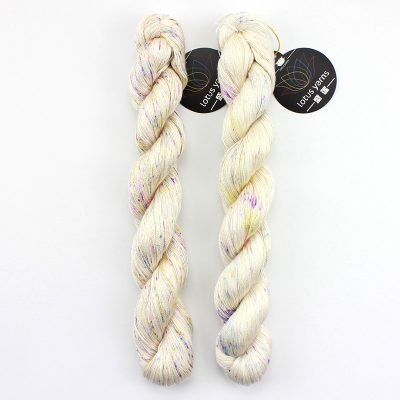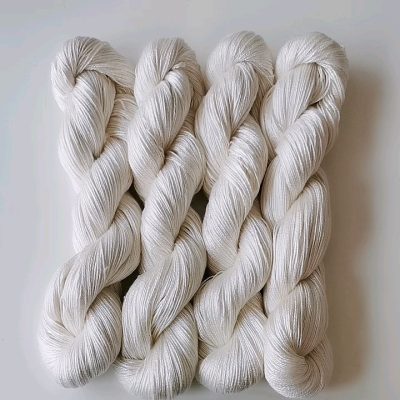There are many kinds of fabrics for work clothes, such as pure cotton, polyester fiber, spandex, polyester cotton, silver fox velvet, nylon fabrics and so on. With the need of corporate culture propaganda, work clothes occupy an important position in business units. Like a walking billboard, which can be seen in people’s daily work and life, what are the common fabrics in work clothes customization?
Polyester-cotton fabric is the most common fabric in work clothes. As we all know, polyester-cotton is a blend of polyester and cotton. It feels not as comfortable as pure cotton, but it feels smoother and smoother than pure cotton. Compared with pure cotton, polyester-cotton fabrics are more compliant and smooth, while cotton fabrics are prone to wrinkles. As a common fabric for work clothes, polyester-cotton is affordable and of good quality, and has been favored by many companies.
Pure cotton fabric is also one of the common fabrics for work clothes. The pure cotton fabric absorbs sweat, and under the hard work of the workers in the hot summer, the sweat is drenched, and a sweat-absorbent and skin-friendly cotton work clothes are indispensable. Pure cotton work clothes can be worn as close-fitting clothing. Not only is it soft to the touch, but it is also non-irritating to the skin. It is a pure natural cotton fabric.
Many special work clothes have various functions, such as anti-static, flame retardant, arc protection, etc. The fabrics used in these special work clothes are also very different. When people are moving, there will be friction between the skin and clothes, and the friction will cause static electricity. With the generation of static electricity, workers will definitely have dangerous factors due to these static electricity at work. Many electric power companies are very taboo to cause static electricity. Accident. Anti-static fabrics are more timely and wear-resistant than ordinary fabrics, and the density of the fabric is greater than that of ordinary fabrics. The conductive thread is added to the fabric, which has a good protective effect. Flame-retardant fabrics have the same principle, and generally play a protective role for the flame-retardant additives.
























